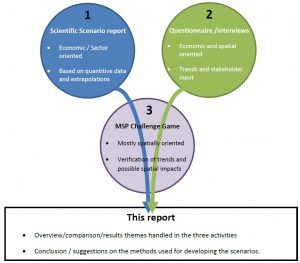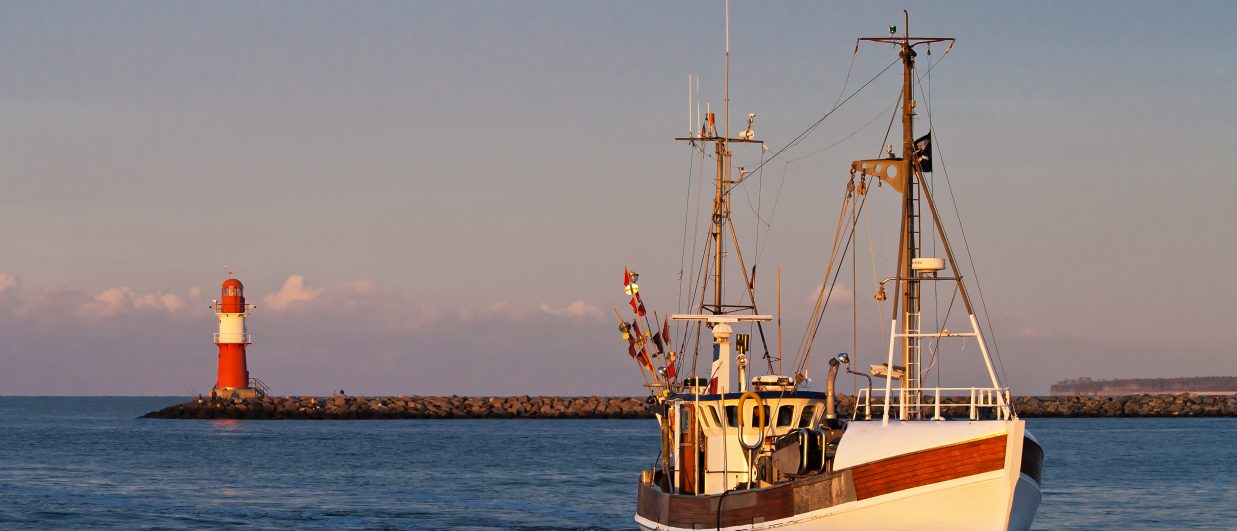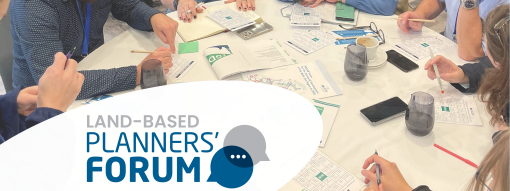Baltic LINes report explores the future of shipping in the Baltic Sea
Future shipping scenarios are important for all Baltic Sea countries, therefore transnational Baltic LINes project has been working on developing spatial shipping scenarios. The new project report “Quo Vadis – Exploring the future of shipping in the Baltic Sea” deals with the scenarios building activities done under the project. The goal of this report is to discuss the results of the shipping scenario activities along different themes and thereby provide suggestions for other activities in the project, for example the development of recommendations for MSP.
To get the most complete picture of the future of shipping in the Baltic Sea, the work on the trends and scenarios within the Baltic LINes project has been done in three diverse ways:
- A scientific sector-oriented study: This study used quantitative data of the existing situation and used extrapolations to predict future trends. Extrapolations have been done by using several variables, based on the different visions: Low economic growth, sustainable economic growth and high economic growth.
- Interviews and a questionnaire have been held with a small group of shipping experts. This questionnaire provided a more detailed overview of the sector specific future trends, and also included some spatial issues.
- Stakeholders involvement via the interactive simulation software MSP Challenge 2050. A two-day workshop for this was held in Riga, Latvia. This workshop provided more understanding on the spatial implications of the future shipping trends and also aimed to create awareness about other sea uses among shipping stakeholders. Read more here.

Report summarizes main factors influencing the Baltic shipping and general trends for the shipping sector in the Baltic Sea Region. Based on the trends and challenges described, report outlines the recommendations for MSP authorities and shipping stakeholders. Both should be ready for the future challenges – while MSP authorities have to take into consideration new trends when designing and running MSP process, stakeholders might also adjust their way of functioning to the new circumstances of the crowded sees.
Download the report from the Baltic LINes project output section here.



